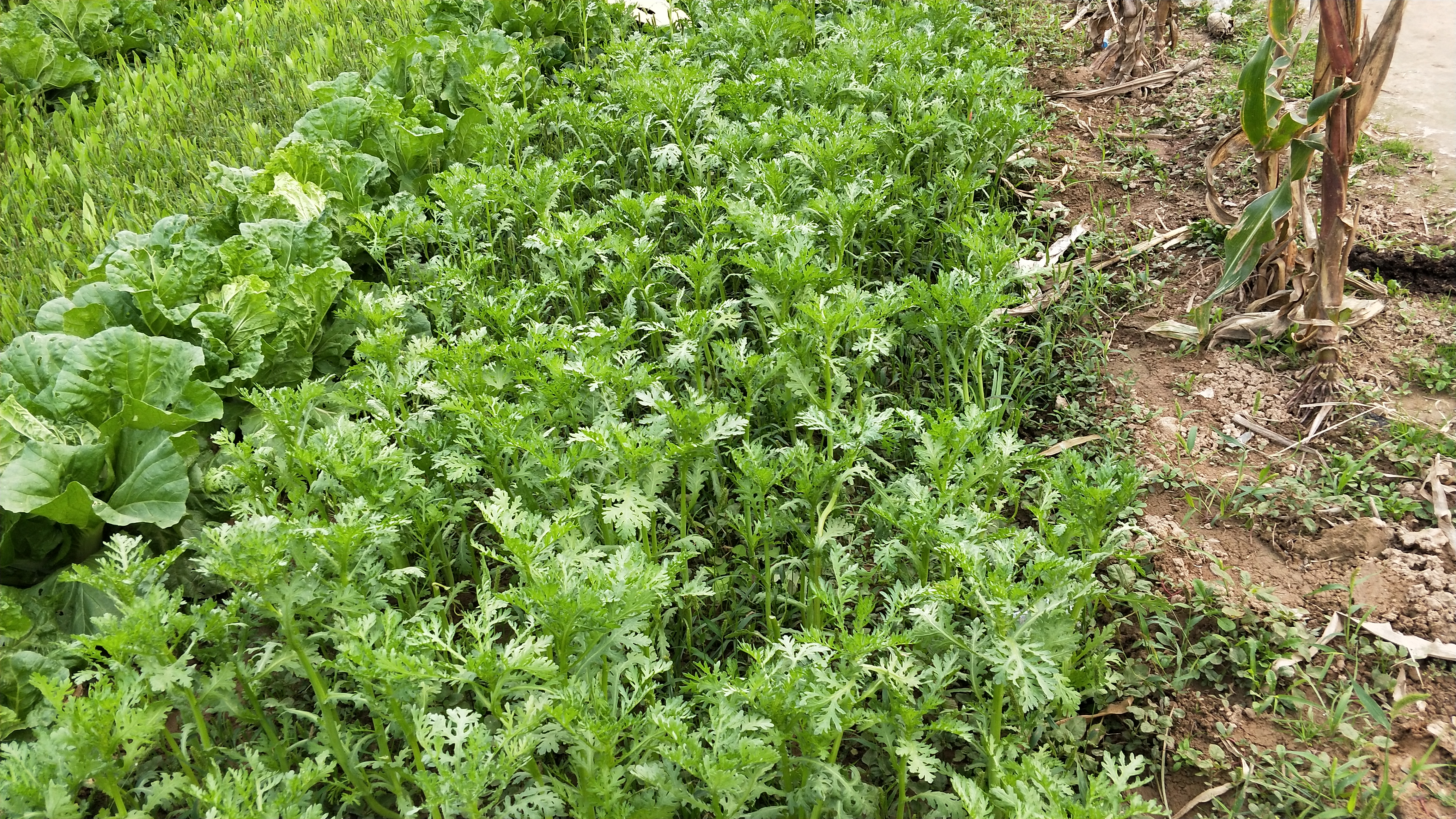Vegetables are planted in the vegetable garden, and melons, fruits and beans are planted in the spring, and the fruiting period is immediately entered. There are also some farmers who often grow some green leafy vegetables in their vegetable gardens, such as Artemisia annua is one of them. Artemisia annua can be planted in the spring, summer and autumn, the stems and leaves are tender, the growth period is short, generally planted in May, and can be harvested by mid-June. What are the key points of planting in the planting process?

1. Planting environment
Artemisia annua prefers shade, is not tolerant to high temperatures, generally in the hot summer is easy to smoke flowers, stems and leaves are old, and when planted in autumn, the suitable growth period is long, growth and taste are better. Therefore, if you want to grow Artemisia annua in summer, you must also take some measures. Artemisia annua has no requirements for the soil environment, and in plots with fertile soil and loose soil, the growth trend will be better. Turn the ground over a few days before planting and sprinkle with organic fertilizer.
Artemisia annua has a short growth period, and can be harvested in batches after one month, and it can be planted with some tall vegetables, such as cucumbers and beans, which need to be racked. It can not only shade the sun, but also facilitate the growth of vegetables and improve soil utilization. If Artemisia annua is planted separately, it is recommended to shade the sun with a shade net at noon, while reducing pests and diseases.
2. Sowing skills
When planting in summer, you can choose some varieties with high yields and short growth periods. Can be sown in the afternoon, before sowing, first water again, wait for the water to seep down, the soil is wet, and then sown, so as not to water the noon high temperature, after the sun, the soil compaction, is not conducive to sowing. Artemisia annua adopts the method of direct broadcasting, and it is best to soak the seeds for a day in summer planting, and then spread it, cover it with a layer of soil, and pat it slightly to prevent the summer sun from shining and the seeds from drying out. Before the emergence of seedlings, the soil should be kept moist, and when the soil is dry and lumpy, the seeds emerge slowly.
3. Management of water and fertilizer
In addition to high temperature and strong light, there is also the problem of drought. When artemisia annua grows two or three leaves, the weak seedlings of the diseased seedlings are pulled out, and some places where the seeds are unevenly sown, and the places where the seedlings are too dense should be interspersed. When artemisia annua first emerges, the soil is dry and wet, and it is necessary to replenish water during the rapid growth period. Because the root system of Artemisia annua is shallow, it needs a lot of water and fertilizer, but it should be watered in the summer with small water and watered in the morning and evening.
When fertilizing, if harvested in stages, topdressing should be carried out on the basis of sufficient application of the bottom fertilizer, and urea should be applied after each harvest. When harvesting directly, only enough organic fertilizer is applied to meet the nutrients required throughout the growth period of Artemisia annua. Manure or organic fertilizer is not recommended as topdressing, the fertilizer effect is slow, and can not guarantee full decomposition, there is a case of burning roots and burning leaves, but affecting the growth of Artemisia annua.
When planting Artemisia annua in summer, the main problems of high temperature and strong light and drought need to be solved, and a shade net can be set up and used at noon or in rainy weather to reduce the impact of the environment on the growth of Artemisia annua. Artemisia annua is not tolerant of waterlogging, when planted in low-lying places, after rain, it must be timely to loosen the soil and drain water, so as to avoid diseases in a high-temperature and high-humidity environment.